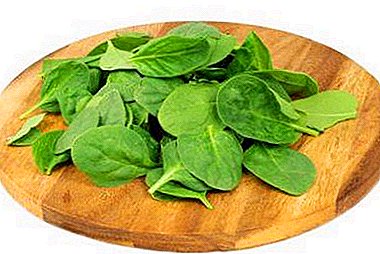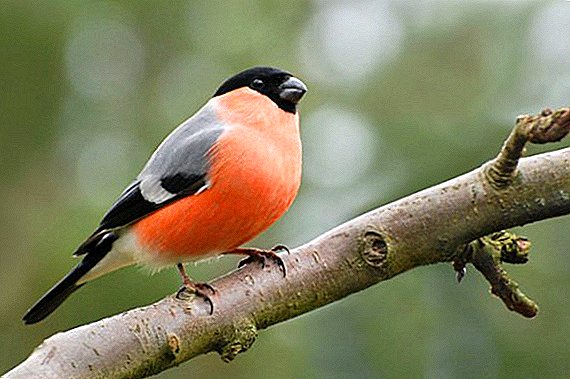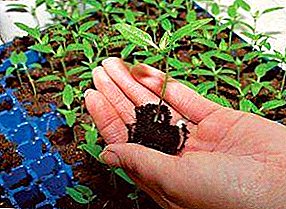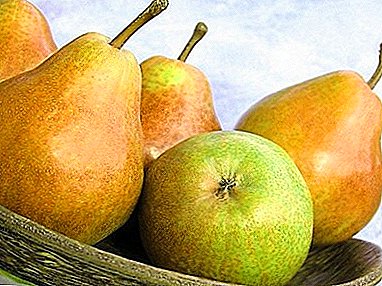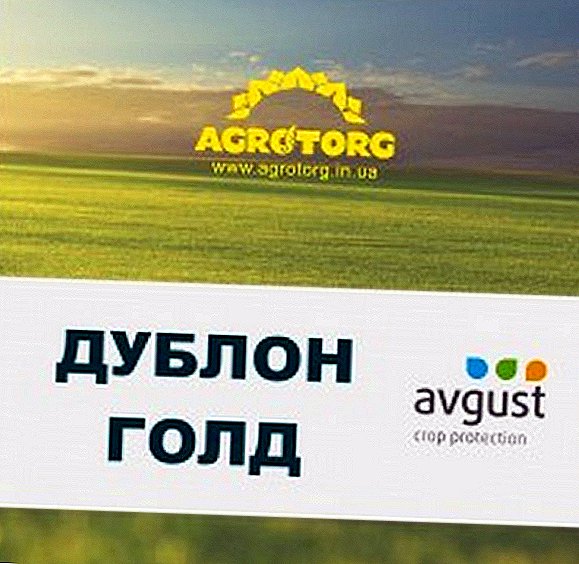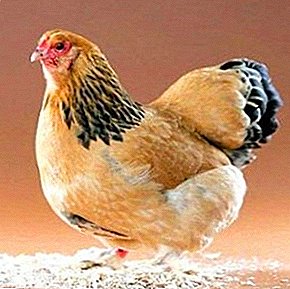
This disease is also called poultry farmers infectious rhinitis, but it only looks like a banal cold.
In fact, the effect of hemophilia on poultry is dangerous and extensive: in addition to the respiratory tract, the disease affects the conjunctiva and subcutaneous tissue of the front part of the head.
In particularly advanced cases, the infection provokes the formation of tubercles in the intestines of the bird, also, with inadequate treatment or lack thereof, the pathogen can easily penetrate the liver and spleen.
What is hemophilia in chickens?
 Hemophilia in chickens occurs as a chronic disease, this runny nose lasts for months.
Hemophilia in chickens occurs as a chronic disease, this runny nose lasts for months.
If you do not fight it, the consequences for the inhabitants of the house can be very deplorable - with mass infection, 50-70% of the population may be prone to disease.
Not only chickens become sick with hemophilia. Their close relatives of turkeys and pheasants were also at risk. Hemophilia is also dangerous for domestic pigeons.
From the moment of infection and the entire period of the disease the birds lose their productivity.: lose weight and become almost incapable of egg-laying, which makes its negative mark on the activity of the poultry farm. Sick chickens reduce egg production by 10-30%.
Hemophilosis is common in all countries of the world, the disease is capable of causing significant economic damage to poultry farms.
Causative agent
 The bacterium that provokes infectious rhinitis in poultry, - fixed stick gemmophilus gallinarium.
The bacterium that provokes infectious rhinitis in poultry, - fixed stick gemmophilus gallinarium.
But, despite its immobility, the infection is very tenacious: the pathogen can persist in bird droppings and soil for up to a year, in water - 3-7 months.
In addition, the hemophilus bacillus is located on the mucous membranes of the eyes of healthy-looking birds, and under certain conditions affects the first weakened individuals, and over time can encroach on stronger domestic birds.
Ways of penetration of the causative agent of hemophilia in the body of a healthy bird are clear and well known: through common feeders, drinkers and litter, which are used by all inhabitants of the chicken coop (including the infected ones) and through the possibility of access to eggs laid by infected individuals.
Hemophilosis is more susceptible to older birds.
Symptomatology
 Symptoms of the disease appear as early as 3-5 days after infection.
Symptoms of the disease appear as early as 3-5 days after infection.
The first thing to pay attention to is the abundant flow of clear fluid from the nostrils.
After a certain time, the fluid becomes more mucous, thickens, creates traffic jams in the chicken nostrils, making it very difficult for the respiratory process.
In addition, the diseased individual gradually loses interest in feed, loses weight and may die from exhaustion. Comb and earrings pale, unpleasant shrivel, the skin becomes unhealthy yellow.
Diagnostics
Accurate diagnosis of hemophilia is possible only in the laboratory, since the signs of the disease are also characteristic of other infectious diseases of poultry.
The diagnosis should be based on the analysis of secretions and the establishment of the type of pathogen and to separate hemophilia from similar diseases: leukemia, pullorosis, pasteurellosis, Marek's disease.
Treatment
 The first stage in the treatment of hemophilia is to alleviate the suffering of the unfortunate chicken and return it to the opportunity to fully breathe.
The first stage in the treatment of hemophilia is to alleviate the suffering of the unfortunate chicken and return it to the opportunity to fully breathe.
True, it is appropriate only in the conditions of home farms, where chickens can be counted on the fingers: gauze swab moistened in the simplest solution (tetracycline, furatsilina or even tea leaves) clean the crusted nasal passages of the bird and inject a drug with a syringe (penicillin or streptomycin work well).
Of course, this is a bother and takes a lot of time even on a small farm, but this procedure gives a good effect and saves chickens from further complications in the area of the respiratory organs.
In large poultry farms, you can do something a little differently: add drugs, to which the hemophilus bacillus is very sensitive, take water into the water and soak the hens for 5-7 days with this “potion”.
As the main component for the treatment solution, sulfanilamide preparations are very suitable: disulfan, phthalazole, etazole, sulfadimezin.
All the above procedures give a positive effect on the first, not complicated by secondary signs, stage of the disease.
Prevention
 Prevention of any infectious disease consists primarily in maintaining cleanliness and appropriate temperature in the hen house.
Prevention of any infectious disease consists primarily in maintaining cleanliness and appropriate temperature in the hen house.
Feeding chickens (and any poultry at risk of infection) should also be an integral part of preventive measures: the constant presence of vitamins in the feed, its diversity and seasonality can best prevent any infectious disease on the farm.
Poultry have nothing to strengthen the immune system, except food. Therefore, you, as a responsible and caring owner, are obliged to properly feed those who have been tamed.
And also: to ensure the disinfection of the room, monitor the local microclimate and prevent dampness and drafts in the house.
And if you are focused solely on the prevention of hemophilia, you need to keep in mind that a huge role among all the vitamins in these preventive measures went to vitamin A.
He, like no other, promotes the growth of birds and increases resistance to the pathogen of the mucous membranes of the respiratory tract.
 Do you know the chickens Poltava Clay? Learn about their origin and properties!
Do you know the chickens Poltava Clay? Learn about their origin and properties!But about the fight hen Lari you can always read on this page: //selo.guru/ptitsa/kury/porody/sportivno-dekorativnye/lari.html.
Have you heard about the insulation of the ceiling with foam plastic and would like to know more about it? We have an article for you.
This notorious vitamin is contained in fish oil, pumpkin, spinach and parsley. These products are quite affordable and periodically you can afford to spend a little bit in favor of the health of chickens.
How to keep the bird so that it remains healthy?
 It turns out it's very simple - avoid hemophilia, just intelligently distributing the number of livestock in the hen house.
It turns out it's very simple - avoid hemophilia, just intelligently distributing the number of livestock in the hen house.
The method is too simple for the poultry farmers to believe in, accustomed to complicating life for themselves and their wards. Perhaps, precisely because it is so simple, it is so hard to believe in it.
But still ... try to follow the simplest instructions.:
- keep different age groups of birds separately;
- grow young stock separately until chickens reach one and a half months old;
- optimal density of livestock such that an adult chicken receives at least 1 m3 of fresh air.
The main thing in the content of poultry - attention to it. If you want, call it the most important preventive point. As confirms the positive poultry experience, the way it is.


